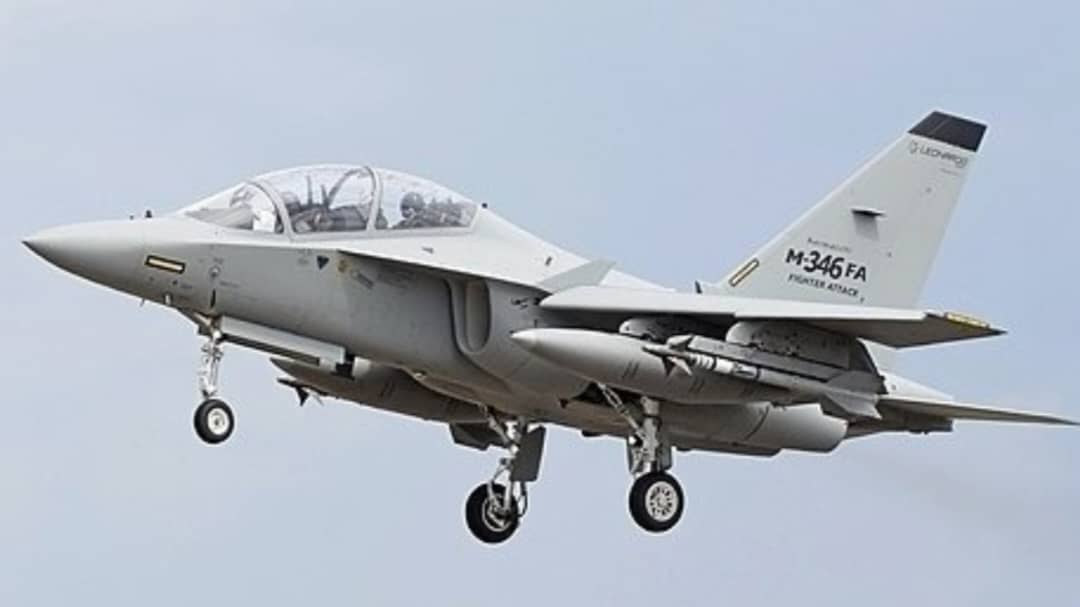World’s Strongest Currencies Compared to the U.S. Dollar

Money is often seen as a universal language, but not all currencies speak with the same power. Currencies are more than just pieces of paper or digital balances in a bank account. They are reflections of national economies, financial policies, and global trust. While the U.S. dollar is the most widely used and traded currency in the world, it is not the strongest.
When measured against the dollar, several currencies are worth significantly more. According to Forbes data as of July 16, 2025, the Kuwaiti dinar, Bahraini dinar, and Omani rial top the list, followed by the Jordanian dinar, British pound, Gibraltar pound, Swiss franc, Cayman Islands dollar, and the euro.
Photo Credit: Visual Capitalist
This ranking highlights how currency strength is shaped not only by economic power but also by factors like government policy, resource wealth, and investor confidence. Below is a detailed look at each of the top 10 strongest currencies in the world compared to the U.S. dollar.
1. Kuwaiti Dinar (KWD) – $3.27
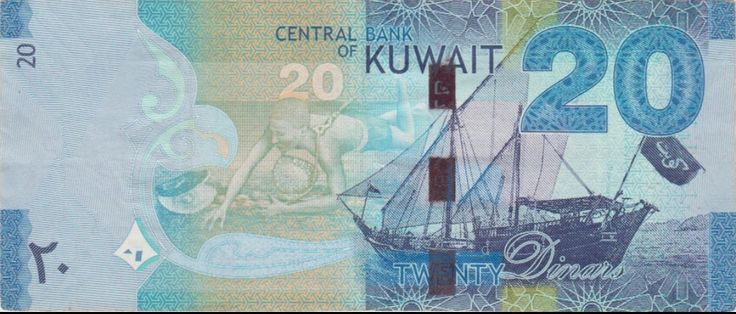
Photo Credit: Pinterest
The Kuwaiti dinar is the official currency of Kuwait, and it leads the list as the strongest currency in the world. With one KWD equal to $3.27, it outpaces every other currency in terms of face value.
Kuwait’s economy is fuelled by oil exports, which provide the government with a steady stream of revenue. Its small population relative to its wealth helps keep the dinar strong, as demand for the currency remains high while supply is carefully controlled.
The Kuwaiti central bank manages the exchange rate through a basket of international currencies, allowing for stability. This ensures that the dinar does not lose value even when oil prices fluctuate. The combination of vast natural resources, a controlled money supply, and strong global demand makes the dinar unmatched in strength.
2. Bahraini Dinar (BHD) – $2.65
Second on the list is the Bahraini dinar, which is the official currency of Bahrain and is valued at $2.65 per BHD. Bahrain is another oil-rich Gulf nation, but it has diversified its economy into banking, tourism, and international business services.
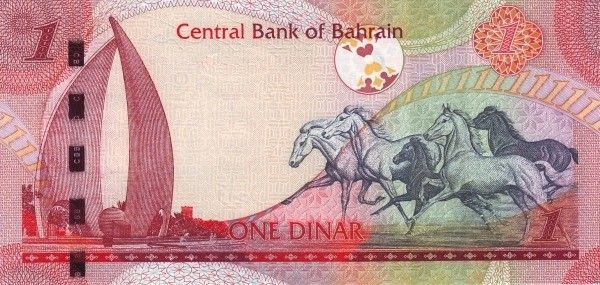
Photo Credit: Pinterest
This diversification supports the stability of the dinar while oil revenues continue to provide a strong backbone.
The Bahraini currency is pegged to the U.S. dollar, which provides predictability and investor confidence. Businesses and international investors can trust the dinar because its value is not left to volatile market forces. The peg creates a balance that protects Bahrain’s financial reputation and ensures stability in international trade.
3. Omani Rial (OMR) – $2.60
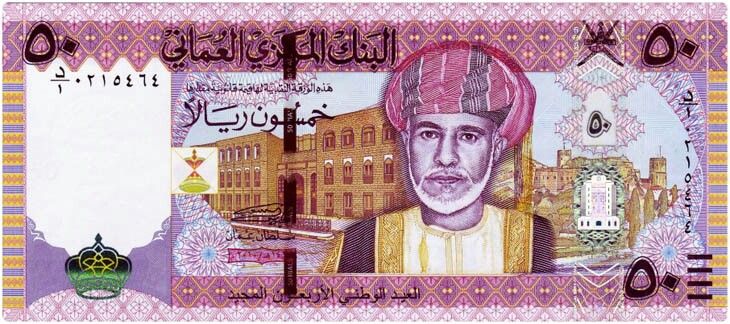
Photo Credit: Pinterest
The Omani rial is the official currency of Oman, and it holds the third spot with a value of $2.60. Like Kuwait and Bahrain, Oman benefits from oil wealth, but what makes the rial unique is the government’s decision to peg it at a very high rate to the U.S. dollar. The Omani economy relies on energy exports, but strict monetary controls help maintain the currency’s strength.
Oman’s currency value is a reflection of careful planning. The high peg reduces the need for adjustments, and the government consistently protects the rial’s position. This ensures that the currency remains one of the strongest in the world despite Oman having a smaller economy compared to Kuwait or Saudi Arabia.
4. Jordanian Dinar (JOD) – $1.41
The Jordanian dinar is the official currency of Jordan, and it surprises many by ranking fourth with a value of $1.41. Unlike the Gulf states, Jordan does not have vast oil reserves.
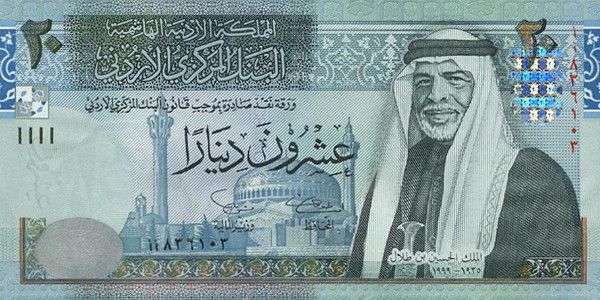
Photo Credit: Pinterest
Instead, its currency strength comes from government policies and international confidence. The dinar has been pegged to the U.S. dollar since the 1990s, which ensures stability and predictability for investors.
Foreign aid and remittances also play a role in supporting Jordan’s financial system. With careful management of inflation and consistent monetary policies, the dinar remains stronger than many global currencies despite Jordan’s limited natural resources.
5. British Pound Sterling (GBP) – $1.30
The British pound is the official currency of United Kingdom, and it remains one of the world’s most recognized currenciesand is currently worth $1.30.
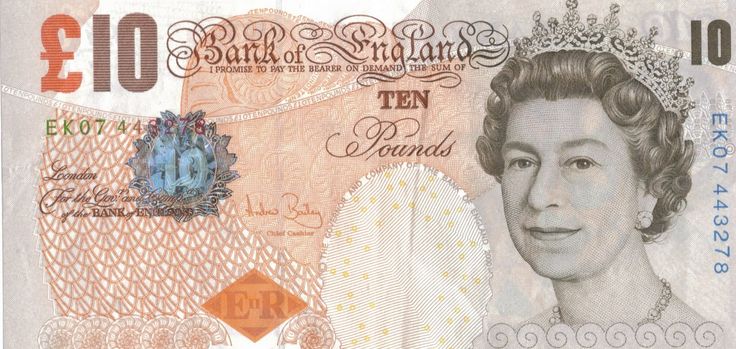
Photo Credit: Pinterest
The United Kingdom maintains a highly diversified economy that includes finance, technology, manufacturing, and services. London is a global financial hub, and this plays a key role in supporting the pound’s value.
The pound’s strength also lies in investor trust. Even during periods of political or economic uncertainty, global investors continue to see the pound as reliable. Its high demand in foreign exchange markets helps it maintain a strong position compared to the U.S. dollar.
6. Gibraltar Pound (GIP) – $1.30
The Gibraltar pound is the official currency of Gibraltar, and it is pegged to the British pound at a one-to-one ratio, which means both currencies share the same value. At $1.30 per GIP, it ranks alongside the pound sterling.
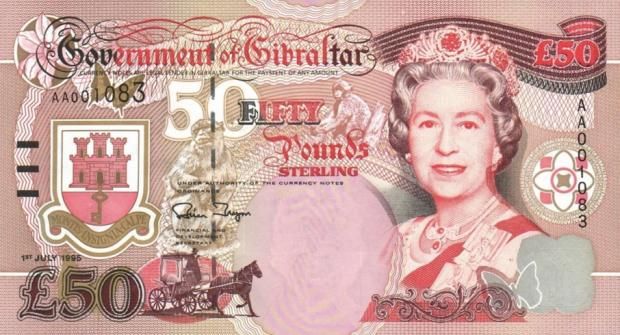
Photo Credit: Pinterest
Gibraltar’s small size and reliance on financial services, shipping, and tourism give its currency a niche role in global finance.
The peg ensures that there is no fluctuation between the Gibraltar pound and the British pound, maintaining confidence in trade and financial transactions. While the territory’s economy is not as large as the UK’s, the fixed relationship ensures strength and stability.
7. Swiss Franc (CHF) – $1.24
The Swiss franc the official currency of Switzerland and Liechtenstein, and it is valued at $1.24 and is one of the most stable and respected currencies worldwide.

Photo Credit: Pinterest
Switzerland’s reputation for neutrality, low inflation, and a highly developed financial system makes the franc a safe-haven currency. Investors turn to it during global instability, which strengthens its demand.
The Swiss economy relies on sectors such as banking, pharmaceuticals, and precision engineering rather than natural resources. This diversification makes the franc less vulnerable to commodity price swings. The Swiss National Bank also carefully manages monetary policy, maintaining low inflation and supporting the franc’s reputation for stability.
8. Cayman Islands Dollar (KYD) – $1.20
.jpeg)
Photo Credit: Pinterest
The Cayman Islands dollar is pegged at $1.20 to the U.S. dollar. The Cayman Islands is one of the world’s leading offshore financial centres, attracting global banks and corporations. Its reputation for financial services and its heavy reliance on international banking make the KYD a strong currency.
The peg ensures that the currency remains stable and attractive for global investors. The Cayman Islands’ dependence on tourism also adds to foreign exchange inflows, keeping the demand for its dollar consistent.
9. Euro (EUR) – $1.16
The euro is the official currency of 20 European Union countries, including Germany, France, Italy, and Spain. It stands at $1.16 and is used by 20 countries in the European Union.
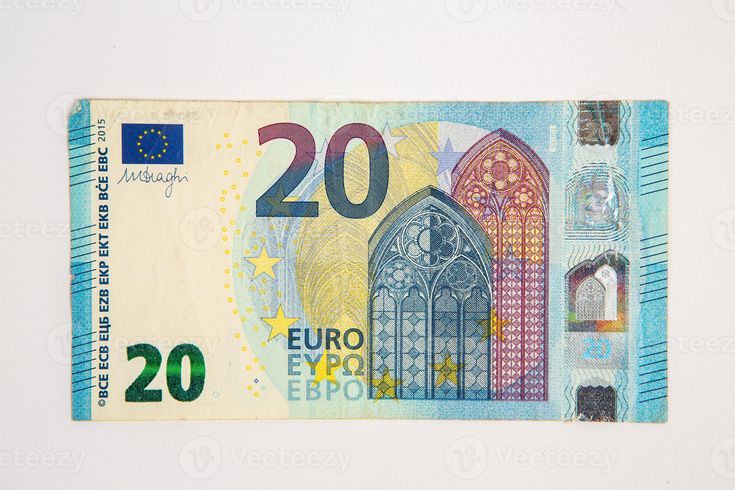
Photo Credit: Pinterest
It is the second most traded currency in the world after the U.S. dollar and plays a major role in international finance. The euro benefits from the economic weight of the entire eurozone, which represents one of the largest markets in the world.
Although the euro is not the highest in value compared to the dollar, its wide adoption makes it one of the most powerful currencies. It is widely accepted across borders, used in global trade, and held as a reserve by central banks.
10. U.S. Dollar (USD) – $1
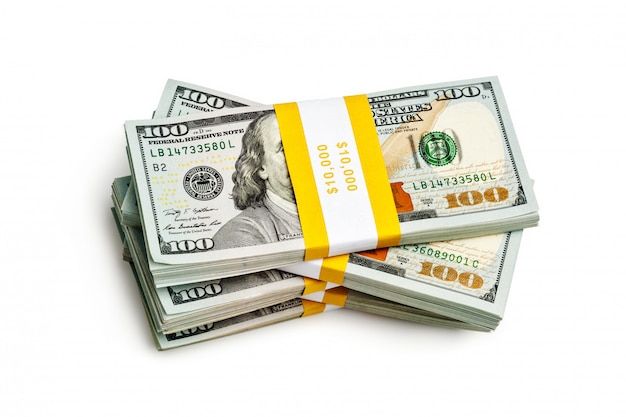
Photo Credit: Pinterest
The U.S. dollar is the world’s benchmark currency, valued at $1 by definition. It is the most traded currency and the dominant reserve currency across the globe. More than 80 percent of international trade is conducted in dollars, and commodities like oil and gold are priced in USD.
While the dollar is not the strongest in face value, its influence far outweighs others. The dollar remains central to the global financial system, and its dominance ensures that it will continue to play a leading role in trade and investment.
Why Currency Strength Differs
Currency strength is not simply a matter of economic size. Some of the world’s strongest currencies come from small nations or territories. The key drivers include:
Pegged Exchange Rates: Countries like Bahrain, Oman, and Jordan maintain strong pegs to the U.S. dollar, ensuring stability and high valuations.
Resource Wealth: Oil exports give Gulf currencies the revenue needed to maintain strength.
Investor Confidence: Switzerland and the UK maintain strong positions because investors trust their financial systems.
Economic Policy: Careful control of inflation and money supply helps countries like Jordan maintain strong currencies even without vast natural resources.
Financial Services: Territories like Gibraltar and the Cayman Islands rely on financial sectors that bring in foreign exchange and support their currencies.
The Bigger Picture of Currency Value
It is important to remember that a stronger currency does not always mean a stronger economy. For example, while Kuwait has the strongest currency in the world, its overall economy is far smaller than that of the United States, China, or the European Union. The U.S. dollar may not be the strongest in face value, but it is the most powerful because of its global use.
Strong currencies like the Kuwaiti dinar or Bahraini dinar are valuable in exchange terms, but they do not necessarily reflect the size or complexity of the economies behind them. Currency value is influenced as much by government decisions and market perception as it is by raw economic power.
Conclusion
The ranking of the world’s strongest currencies compared to the U.S. dollar provides a fascinating snapshot of how economies function on the global stage. The Kuwaiti dinar sits at the top, followed by other Gulf states, the British pound, Swiss franc, and euro. While the dollar is only worth one by definition, it remains the dominant force in global finance.
Currency strength depends on many factors, including exchange rate policies, natural resources, financial trust, and investor behaviour. Understanding these dynamics reveals why small nations with carefully managed economies can have currencies that outperform the dollar in face value, even if they do not rival its global reach.
You may also like...
Super Eagles' Shocking Defeat: Egypt Sinks Nigeria 2-1 in AFCON 2025 Warm-Up

Nigeria's Super Eagles suffered a 2-1 defeat to Egypt in their only preparatory friendly for the 2025 Africa Cup of Nati...
Knicks Reign Supreme! New York Defeats Spurs to Claim Coveted 2025 NBA Cup

The New York Knicks secured the 2025 Emirates NBA Cup title with a 124-113 comeback victory over the San Antonio Spurs i...
Warner Bros. Discovery's Acquisition Saga: Paramount Deal Hits Rocky Shores Amid Rival Bids!

Hollywood's intense studio battle for Warner Bros. Discovery concluded as the WBD board formally rejected Paramount Skyd...
Music World Mourns: Beloved DJ Warras Brutally Murdered in Johannesburg

DJ Warras, also known as Warrick Stock, was fatally shot in Johannesburg's CBD, adding to a concerning string of murders...
Palm Royale Showrunner Dishes on 'Much Darker' Season 2 Death

"Palm Royale" Season 2, Episode 6, introduces a shocking twin twist, with Kristen Wiig playing both Maxine and her long-...
World Cup Fiasco: DR Congo Faces Eligibility Probe, Sparks 'Back Door' Accusations from Nigeria

The NFF has petitioned FIFA over DR Congo's alleged use of ineligible players in the 2026 World Cup playoffs, potentiall...
Trump's Travel Ban Fallout: African Nations Hit Hard by US Restrictions

The Trump administration has significantly expanded its travel restrictions, imposing new partial bans on countries like...
Shocking Oversight: Super-Fit Runner Dies After Heart Attack Symptoms Dismissed as Heartburn

The family of Kristian Hudson, a 'super-fit' 42-year-old marathon runner, is seeking accountability from NHS staff after...

